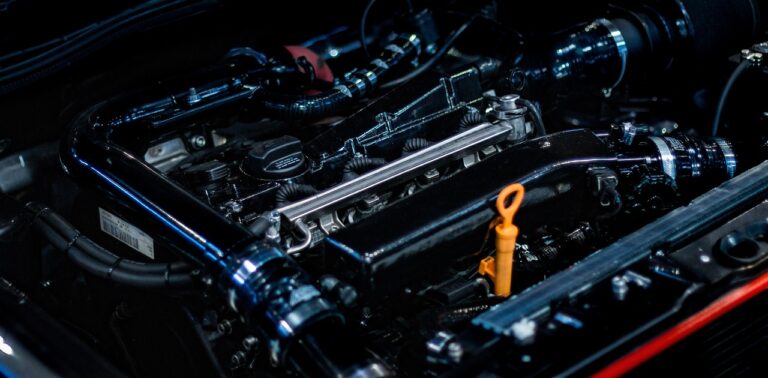Automotive Industry and the Circular Economy
Circular economy is a concept focused on minimizing waste and maximizing the value of resources through sustainable practices. It aims to create a closed-loop system where products, materials, and resources are used efficiently and kept in circulation for as long as possible. By promoting reduce, reuse, and recycle principles, the circular economy model aims to reduce dependency on finite resources and minimize environmental impact.
One key aspect of the circular economy is the shift from a linear production model to a cyclical one. Instead of the traditional take-make-waste approach, the circular economy encourages companies to design products with longevity in mind, encouraging repair, refurbishment, and remanufacturing. This not only reduces the amount of waste generated but also extends the lifespan of products, ultimately reducing the consumption of raw materials and energy required for production.
Challenges Faced by the Automotive Industry
In the automotive industry, one of the primary challenges faced is the increasing pressure to reduce emissions and move towards sustainable practices. With growing concerns about environmental impact and regulations becoming more stringent, automakers must find innovative ways to lower their carbon footprint and decrease their reliance on fossil fuels. This shift towards sustainability requires significant investments in research and development to create more eco-friendly vehicles while still meeting consumer demands for performance and affordability.
Another challenge that the automotive industry encounters is the rapid pace of technological advancements. As cars evolve to incorporate more autonomous features, electric capabilities, and connectivity, manufacturers must continuously adapt their production methods and designs. This rapid pace of change can be daunting for companies looking to stay competitive, as they need to invest in new technologies, upskill their workforce, and anticipate shifts in consumer preferences. Staying ahead of technological trends while also managing existing production processes presents a significant challenge for automotive industry players.
Strategies for Implementing Circular Economy in Automotive Manufacturing
To implement a circular economy in automotive manufacturing, companies can start by designing products for durability and reuse. This means focusing on creating high-quality vehicles that can be easily disassembled and components reused for new vehicles or other purposes. By incorporating design for disassembly principles, automakers can extend the lifespan of their products and reduce the amount of waste generated throughout the manufacturing process.
Another strategy for embracing the circular economy in automotive manufacturing is to establish partnerships with suppliers to promote the use of recycled materials. By working closely with suppliers to source materials that have been recycled or are recyclable, automobile manufacturers can reduce their environmental impact and contribute to a more sustainable supply chain. This approach not only helps in conserving natural resources but also promotes a closed-loop system where materials are continuously reused, ultimately leading to a more environmentally friendly production process.
What are the key concepts of Circular Economy?
The key concepts of Circular Economy include reducing waste, reusing materials, and recycling products to create a more sustainable system.
What are some challenges faced by the Automotive Industry in implementing Circular Economy principles?
Some challenges faced by the Automotive Industry include the high initial costs of transitioning to sustainable practices, the need for collaboration across the supply chain, and consumer demand for more eco-friendly products.
What are some strategies for implementing Circular Economy in Automotive Manufacturing?
Some strategies for implementing Circular Economy in Automotive Manufacturing include designing products for durability and recyclability, creating closed-loop supply chains, and implementing remanufacturing and refurbishment processes.







